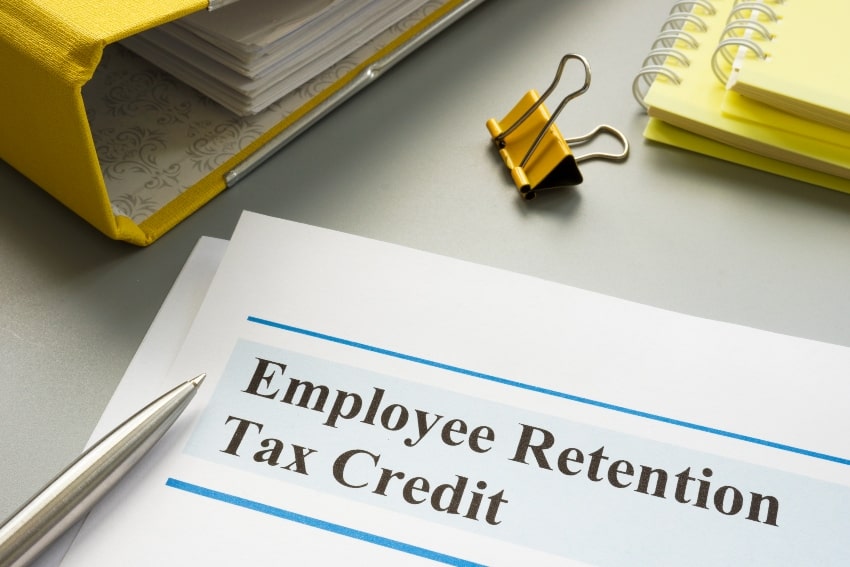What to Know with Interest Rates Climbing
October 27, 2022 | Barton Walter and Krier
To help get a handle on inflation, the Federal Reserve System — also known as “the Fed” — recently announced it is adjusting interest rates. Those changes likely will affect anyone trying to borrow or save money. Keep reading to learn what to know with interest rates climbing. Rates on the Rise In mid-June, the Fed disclosed its intention to increase interest rates 0.75 percentage point, after an increase of 50 basis points one month prior. A basis point is one one-hundredth of a percentage point. With rates right now on the rise, it’s becoming increasingly more expensive to borrow money. And because of that added cost, consumers tend to spend less, helping to curb inflation. Some loans and lines of credit might be affected, depending on the type of loan or rate status — fixed or variable. A fixed-rate loan — common with home mortgages — is unaffected by changes in the market. The interest is consistent throughout the loan’s term, keeping risk to a minimum. This allows for steady planning and budgeting because the borrower makes the same payment each month. On the other hand, the interest on a variable-rate loan fluctuates as the market changes. These loans often have lower interest than fixed-rate loans but also present greater risk. When […]
Read MoreEmployee Retention Credit Basics
October 5, 2022 | Barton Walter and Krier
Many businesses took hits of all kinds during the COVID-19 pandemic. Under certain circumstances, businesses can benefit from keeping employees on their payroll when their bottom line might suggest otherwise. Keep reading to learn more about Employee Retention Credit basics and how to determine whether your business is eligible to take advantage of these credits. It’s not too late. Employee Retention Credit Essentials For the official explanation of the Employee Retention Credit (ERC), we turned to the IRS website. There, ERC is defined as a “refundable tax credit against certain employment taxes equal to 50 percent of the qualified wages an eligible employer pays to employees after March 12, 2020, and before January 1, 2021.” There is a $7,000 ceiling on qualified wages (including health care costs) for each employee for all quarters of a calendar year when operations were suspended, or sales declined. So, the credit on qualified wages paid to an employee by an eligible employer is 50 percent of that, or $3,500. Determining Eligibility for ERC The ERC runs through Q3 of 2021. To be eligible for the Employee Retention Credit, a business or trade — including tax-exempt organizations — must have operated during the 2020 calendar year. In addition, employers need to meet specific criteria. First, the enterprise suspended […]
Read More

